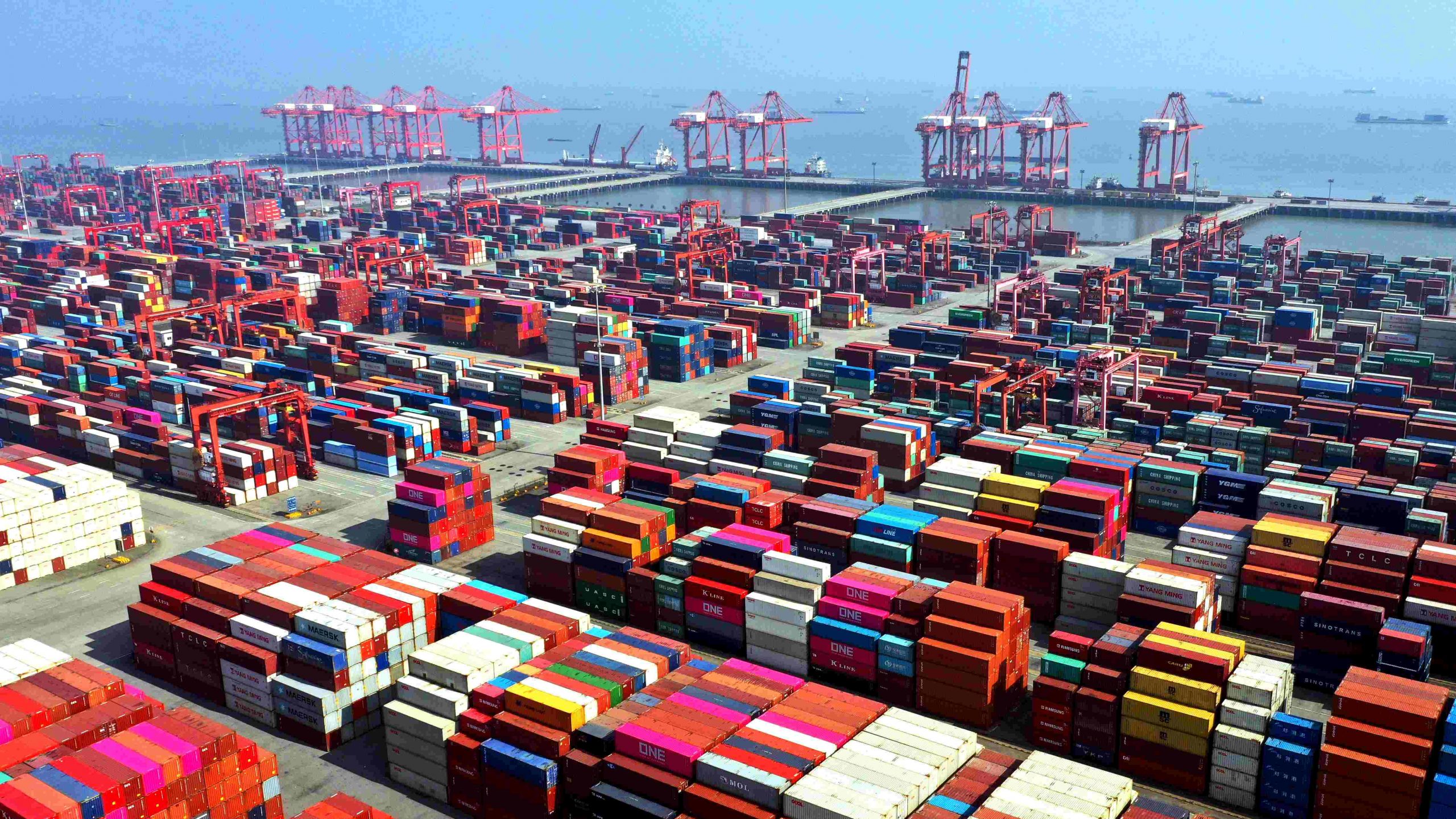After contraction for six consecutive months, Indian exports pick up the pace and rose by 6 percent to $ 27.58 billion in September. The government data that New Delhi released on Thursday points out that growth in shipments of drugs and pharmaceuticals and readymade garments is the main factor behind the rise of Indian exports. For the same month (September) in 2019 exports stood at $ 26.02 billion.
Imports for the country however declined. The decline in imports is estimated to be by 19.6 percent to $ 30.31 billion for the month of September. In September 2019, imports stood at $ 37.69 billion. According to the reported data, the trade deficit in September was $ 2.72 billion. Whereas, at the same time last year, the trade deficit was $ 11.67 billion.
Gold imports were also seen to fall in September. The import of the precious metal declined by nearly 53 percent to $ 601.43 million.
In a statement government said, “Exports in September 2020 were $27.58 billion, as compared to $26.02 billion in September 2019, exhibiting a positive growth of 5.99 percent.”
Export was seen to decline by 16.66 percent and stand at $ 221.86 billion, during the time period of six months, April to September, before this turnaround. Last year, during the same timeframe, imports were seen to decline by 35.43 percent and stoop down to $ 204.12 billion.
Ministry of Commerce and Industry said, “Major commodities or commodity groups which have recorded positive growth during September 2020 vis-a-vis September 2019 are ‘Other cereals, Iron Ore, Rice, Oatmeal, Carpet, Ceramic products & glassware, Oilseeds, Cereal preparations & miscellaneous processed items, Drugs & pharmaceuticals’….”
Positive growth can be seen in major export commodities in September. These include materials like iron ore, readymade garments, rice, drugs, and pharmaceuticals, etc. Iron ore export was recorded to grow by 109.65 percent to $ 303.42 million. Readymade garment export also grew by 10.22 percent at $ 1.19 billion. The export of rice increased by 93.86 percent and stands at $ 725.14 million. The export of drugs and pharmaceuticals also rose up by 24.38 percent to $ 2.24 billion.
The export of gems and jewelry was seen to fall by an estimated 24.67 percent. Export of Mica, Coal, and other ores, minerals including that of processed minerals also fell by 6.71 percent.
The data also records that the export of nonpetroleum and non-gems and jewelry for the month of September stood at $ 21.27 billion. It grew by around 11.94 percent from the export in the same time last year which was recorded to be $ 19 billion.
Oil imports fell by 35.88 percent and stand at $ 5.83 billion dollars in September. In the April-September time span, oil imports were seen to fall by 51.14 percent to $ 31.86 billion.
The statement released by the government added, “In this connection, it is mentioned that the global Brent price ($/bbl) has decreased by 34.08% in September 2020 vis-a-vis September 2019 as per data available from World Bank.”
The overall trade surplus, including merchandise and services, for the April-September time period, is calculated to be $ 17.74 billion. A year ago, at the same time, the deficit was calculated to be by $ 49.91 billion.
As calculated, the value for services exports for September stands at $ 16.34 billion whereas the services imports for the same month stand at $ 9.49 billion.
ICRA’s Principal Economist Aditi Nayar’s comments were published by www.swarajyamag.com where she said, “The month on month compression in the trade deficit in September 2020, was led by both the pickup in exports as well as the sharp drop in gold imports. The reasonably broad-based pick-up in merchandise exports in September 2020 has come as a relief, and signals on its sustainability are anxiously awaited in light of the second wave of covid-19 infections being experienced in many trading partners.”
The same news agency also reported comments of Mohit Singla, Trade Promotion Council of India Chairman as he said, “There is a surge in demand of Indian rice, spices, and vegetables including essential oils, soybean meal, cake and some extracts for medical use. The supportive domestic ecosystem created by policy push will further see Indian Agri and food products surge in demand globally.”

